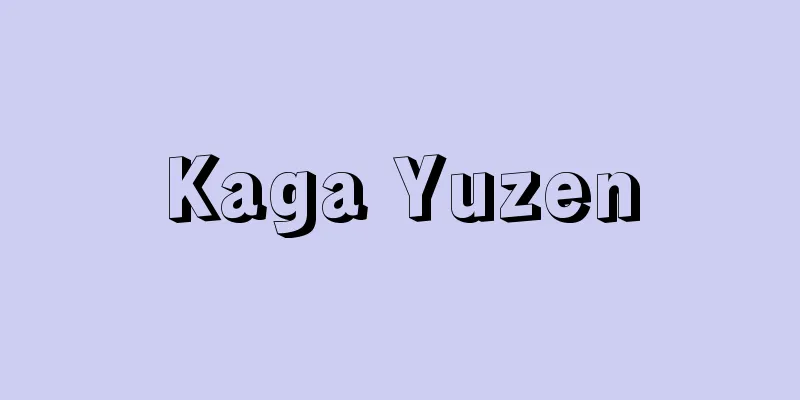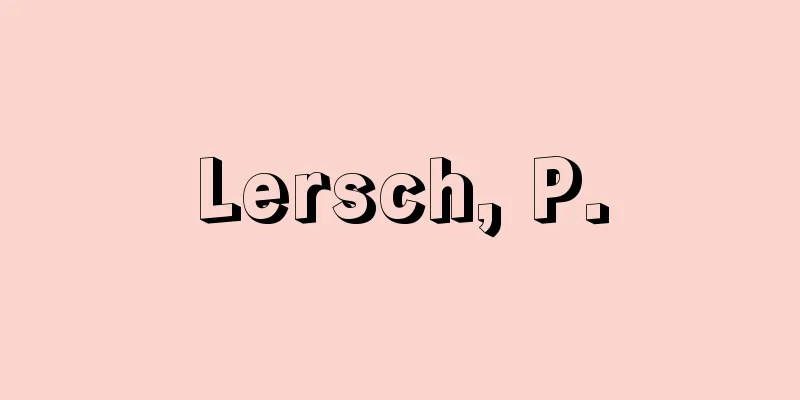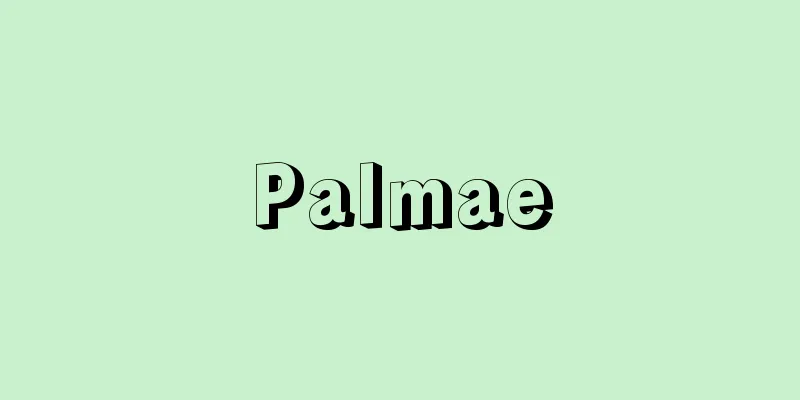Kaga Yuzen

|
A style of Yuzen dyeing from the mid-Edo period onwards. It is mainly characterized by its use of colour, with many featuring a vibrant design of gradated crimson, red, indigo and green on a white background, with purple cloud shapes with gradated edges. The designs are generally stylised, with intricate designs made with fine threads and colours that are far from realistic. Kaga Yuzen, based on its name, is generally interpreted as a counterpoint to Kyo Yuzen, and is thought to have been produced entirely in Kaga, and there is even a theory that Miyazaki Yuzensai lived in Kaga, but the name Kaga Yuzen itself is not that old, and looking at existing materials of Yuzen dyeing from the mid-Edo period, there are a great number of so-called Kaga-style Yuzen, making it hard to believe that they were all produced in Kaga. Of course, Kaga also had a technique similar to Yuzen dyeing from ancient times, as evidenced by the fact that hanging scrolls were made by adding coloring, mainly with pigments, to hand-painted paste-resistant dyeing, and that from the mid-Edo period onwards, many of these were made as gifts for the domain. According to literature, Kaga also had a plain dyeing technique called Kaga dyeing, indigo, madder, black and other colors, from before the Edo period, to which coloring was added to the crests, known as Okuni dyeing, and from the mid-Edo period, kimonos with patterns applied to the entire garment were also produced, and it is thought that this technique was influenced by Yuzen dyeing from Kyoto and was then refined. Okinawa's Bingata dyeing is very similar to the color usage of the so-called Kaga Yuzen today. If we trace the origins of the color usage of these two styles back, we come across that of embroidery from the Momoyama period to the early Edo Keicho period (1596-1615). In other words, the Kaga Yuzen style inherited the oldest form of Yuzen dyeing, and it is thought that this was brought to Okinawa, and that both styles convey the ancient style in a pure form. [Yamabe Tomoyuki] ©Ishikawa Prefecture Tourism Federation "> Kaga Yuzen coloring Source: Shogakukan Encyclopedia Nipponica About Encyclopedia Nipponica Information | Legend |
|
江戸中期以後の友禅染における一つの様式(スタイル)。特徴は主としてその色使いにあり、白地に臙脂(えんじ)色、紅、藍(あい)、緑などにぼかしの加わったはでやかな模様の間に、周縁をぼかした紫の雲形の加えられているものが多い。模様は全般に様式化されており、細い糸目による精細な図柄に、写実を離れた彩色が施されている。加賀友禅が、その名称から一般に京友禅に対するもののように解され、これがすべて加賀で生産されたもののように考えられ、ひいては宮崎友禅斎の加賀在住説まであるが、もともと加賀友禅という名称自体がそれほど古いものではなく、また江戸中期の友禅染の現存資料をみると、いわゆる加賀風な友禅の数は非常に多くて、これが全部加賀の地でつくられたということは、にわかには信じがたい。 もちろん加賀にも古くから友禅染に類する技術のあったことは、手描きの糊(のり)防染に主として顔料による彩色を加えた掛物がつくられており、これが江戸中期以後、藩の進物用に多くつくられたということによっても知られる。文献によれば、このほかに加賀には、江戸時代以前から加賀染という藍、茜(あかね)、黒などの無地染があり、これに御国(おくに)染と称して紋所に彩色を加え、さらに江戸中期からは着物全体に模様染を施したものもつくられていたようで、これが京都からの友禅染の影響を受けて、洗練されていったものであろうと考えられる。 いま、いわゆる加賀友禅の色使いによく似たものに沖縄の紅型(びんがた)がある。そして、この両者の色使いの源流をさかのぼっていくと、桃山から江戸初期慶長(けいちょう)(1596~1615)ごろの刺しゅうのそれに行き当たる。すなわち加賀友禅というスタイルは、友禅染のなかでもっとも古い形を継承したというものであり、これが沖縄に伝えられ、ともにその古様を純度高く伝えているものではないかとも考えられる。 [山辺知行] ©石川県観光連盟"> 加賀友禅の色差し 出典 小学館 日本大百科全書(ニッポニカ)日本大百科全書(ニッポニカ)について 情報 | 凡例 |
>>: Knight of the Shining Pestle
Recommend
Gardner, EJ
…A disease that was reported by E. J. Gardner of ...
Chorea
[What kind of disease is it?] It is a disease that...
Kuenji Temple
…The use of the word “saya” as “sayo” began aroun...
Methanin
...The basal leaves are very similar to those of ...
Streptococcus - yorenkin
Abbreviation for hemolytic streptococcus. A gram-...
This proposal - Honan
〘noun〙① This proposal. The proposal in question. ※...
Alf Laila Wa Laila - Alf Laila Warai
…One of the classic masterpieces of Arabic litera...
Serophularia ningpoensis (English spelling) Serophularianingpoensis
… [Kei Yamazaki]. … *Some of the terminology that...
Pirani gauge (English spelling)
...The volume of the compressed gas is ax if the ...
Meyer-Schwickerath, G. (English spelling) MeyerSchwickerathG
...It is a direct surgery unique to ophthalmology...
Imazu - Imazu
This is the former town area in the north-central ...
Ortygia
…She corresponds to Latona in Roman mythology. Sh...
Fohr, CP (English spelling) FohrCP
…Initially, Fohr represented the German tendency,...
The Chronicles of Lord Kanemi
This is the diary of Yoshida Kanemi (originally na...
Wulfenite - Wulfenite
...A general term for minerals that contain molyb...


![Ishikoshi [town] - Ishikoshi](/upload/images/67cae867bb89e.webp)






